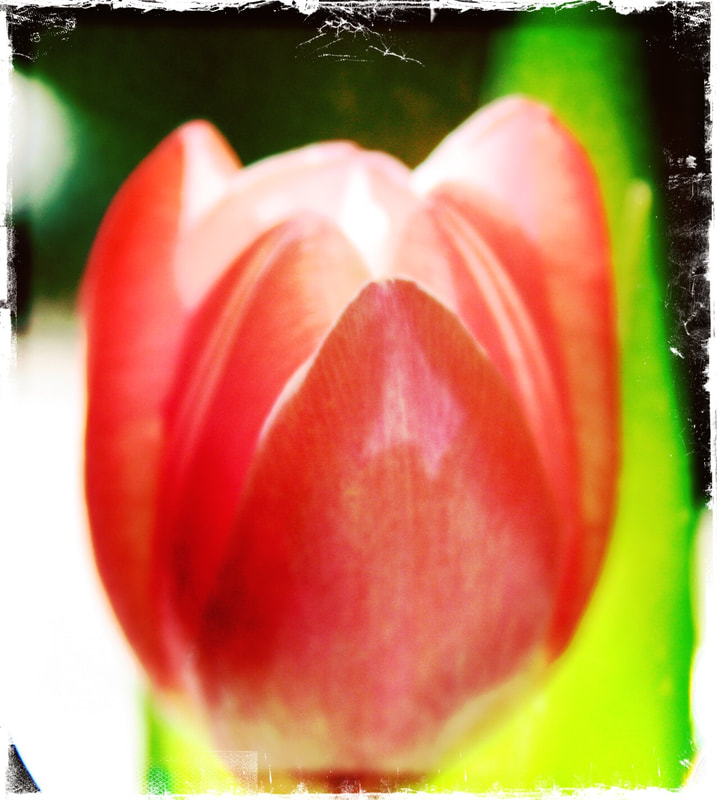ASSAY: A JOURNAL OF NONFICTION STUDIES
5.1
5.1
|
“Digressions, incontestably, are the sunshine,––they are the life, the soul of reading:––take them out of this book,
for instance, you might as well take the book along with them.” –Laurence Sterne, The Life and Opinions of Tristam Shandy, Gentleman (1759) Digression is as old as rhetoric itself. The ability to digress for a while before returning to a main topic or argument was praised by classical orators like Cicero, and skillfully-employed digressions have long been seen as a mark of eloquence and sophistication. Since it involves stepping onto another path, digression might seem to involve going off topic, but in fact it can be a creative and powerful way to stay on topic, by exploring echoes, tangents, and side paths. In digression, we might move away from something, but when it’s done well, we return in some way to where we began, inevitably changed as a result of our off-trail excursions. In this way, digression is all about adventure and exploration.
Digressions in nonfiction can take many forms, including stories, examples, background, or scientific or historical information. Homer’s epics The Iliad and The Odyssey are full of digressive stories, and in his Institutio Oratoria, Quintilian commends digressive rhetoricians for their power to move and influence audiences. Subsequent centuries have seen a flourishing of the art of changing the topic. Michel de Montaigne, in particular, is famous for digressions that follow the whims and fancies of his imagination in order to explore what’s ostensibly his central topic, whether that’s cannibals or sadness, liars or smells. And many other writers, including Jonathan Swift, Laurence Sterne, Henry Fielding, Charles Dickens, Herman Melville, James Joyce, Virginia Woolf, Gertrude Stein, John McPhee, and Maggie Nelson, have explored the power of digressive rhetoric. Digressions increase the verisimilitude of the reading process, since they follow trails of thought and conversation in a natural-seeming way. They can, in this sense, increase the interactivity of a text, since they invite the reader along for a meandering and immersive experience of the writer’s thoughts. As Mary Paumier Jones says in her essay, “Meander,” “what essays do best is meander. . . . They proceed in elliptical curves, diverging, digressing.” In the process of following a digression, we get to know the writer: “we will, and very quickly, come to know the shape of our company––the mind, the sensibility, the person with whom we are traveling. That much seems necessary to essay structure––one individual human speaking to another who wants to listen.” Digressions, in other words, are an interaction between reader and writer, providing a space for participation and engagement. Creative nonfiction writers are increasingly experimenting with digression and interactivity, and this seems a wise strategy for engaging current and future readers. Digression inherently involves a kind of interaction between writer and reader, and this interactivity is beginning to feel necessary. Digression, after all, can be something that the reader does, as much or perhaps even more than the writer. We live in a distracted age, whether we like it or not, and this era has trained us to go from topic to topic, making up a relatively coherent narrative for our lives out of the fragments of our days. We read in this manner, too, focusing for a while on an essay or book before checking Facebook or Instagram or Twitter, or looking up a word, or exploring the history of a subject we’ve run across in our reading. Perhaps this also echoes the rise of digital and multimedia essays. This is not to confuse “distraction” with “digression,” certainly, since those are two different concepts. It is to say, though, that perhaps the impulse behind distraction is the same as that behind digression: we, as writers and readers, want to know something––the text, ourselves, our moment––more fully, and we follow whatever paths happen to open up. What forms might digressions of the future take? They might be variations on absence and white space. Texts without a central text. Choose-your-own-adventures. Games or game-like activities. Any number of improvisational, immersive experiences. The possibilities are as endless as the imagination of writers creating them. Let’s look first at the argument for using digression in nonfiction, and then we’ll discuss the ongoing evolution of digressive interactivity.
|
|
Vivian Wagner lives in New Concord, Ohio, where she's an associate professor of English at Muskingum University. Her essays and poems have appeared in Muse/A Journal, McSweeney's Internet Tendency, Slice Magazine, Forage Poetry Journal, Creative Nonfiction, and other publications. She's the author of a memoir, Fiddle: One Woman, Four Strings, and 8,000 Miles of Music (Citadel-Kensington), and three poetry collections: The Village (Aldrich Press-Kelsay Books), Making (Origami Poems Project), and Curiosities (Unsolicited Press).
|

